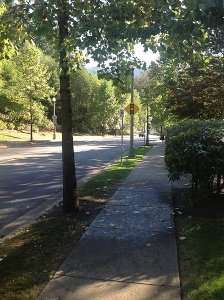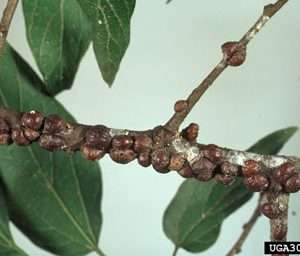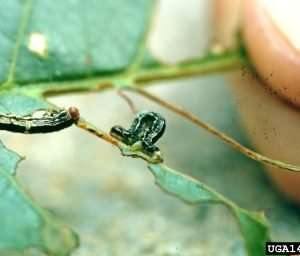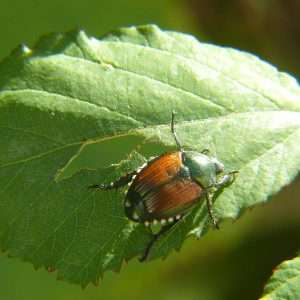Honeydew is one of the most common tree care issues we see in the DC Metro Area. You may not be familiar with the name but you’re probably familiar with the issue. Have you ever encountered annoying ... Read More >
Lecanium Scale – Signs, Symptoms, & Treatment
Lecanium scale is a group of common soft scale insects that feed on the sap from shade trees and woody ornamentals. If left uncontrolled, one or two major infestations can kill your ... Read More >
5 Defoliating Insects to Look Out For This Summer
Defoliating Insects Defoliating insects cause damage to trees and shrubs by eating their leaves or needles. By doing this, you remove the tree’s ability to use photosynthesis in order to produce the ... Read More >
Japanese Beetles On Crape Myrtles, Maples, Plums, and Roses
Japanese Beetles: Invasive Pests Strike Again! Our arborists warn that in the next few weeks you may start seeing a decline in your Roses, Crape Myrtles, Japanese Maples, Plums or other ... Read More >




